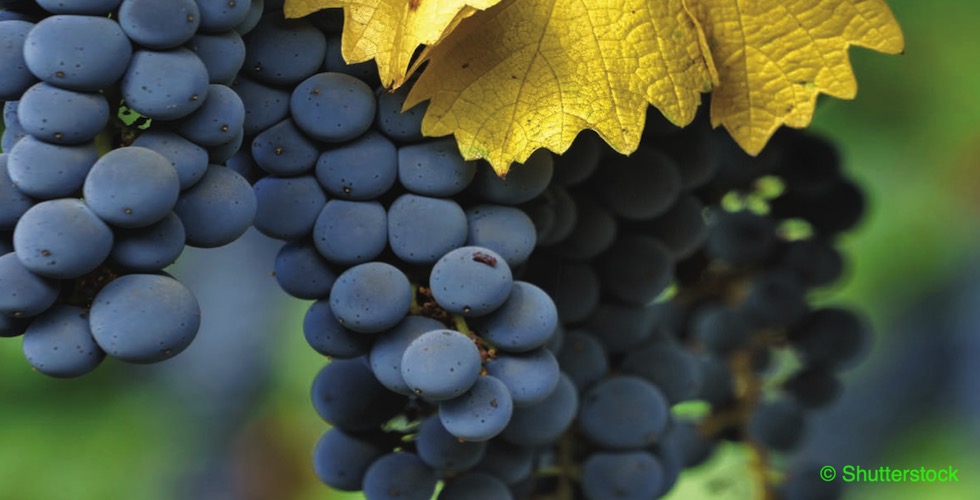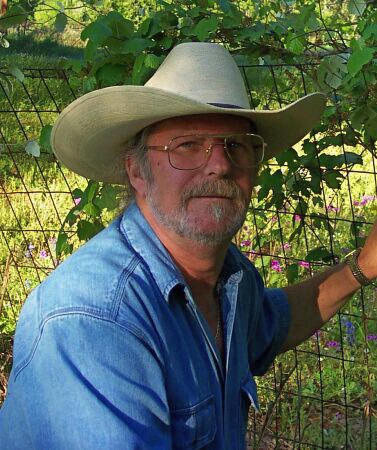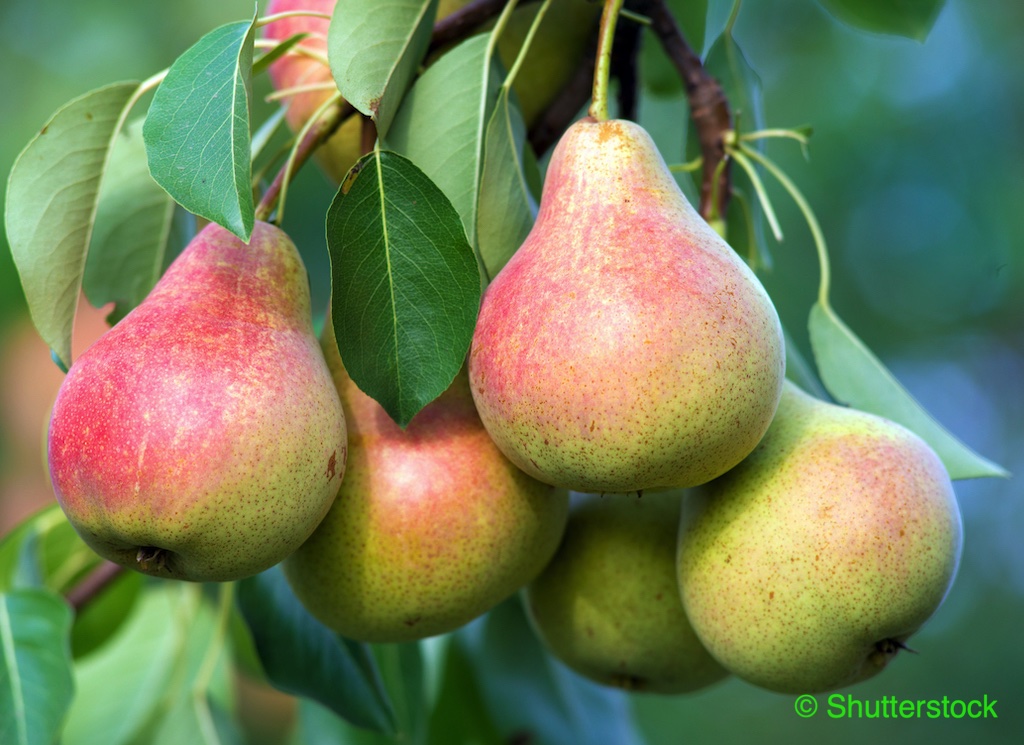
Jack Keller’s Pear Wine Recipe — Cheers!
With around 20 species, 3,000 varieties, and thousands of cultivars, it is obvious the pear has been cultivated for a very long time with plenty of natural variety to breed. It is almost a shame, then, to walk into a large supermarket and find 6 or 8 varieties, at most, to select from. That is probably more the fault of the growers than the market.

Most people who make pear wine have one or more pear trees or know someone who does. An adult tree will produce more pears than a person can possibly consume.
It is as easy to make a good pear wine as it is to make a poor one. Making a poor one is just as instructive as making a good one. In either case, you learn what to do and what not to do. With a little more focus on balance, that good pear wine can be an excellent one.
An unusual thing happens to some pear wines as they age. The color begins to shift from clear to a slight pink to purple. It is probably due to the enzymatic oxidation of certain unidentified phenolic compounds. It is quite natural and such wines don’t suffer as a result.
Pear Wine Recipe
WINE IS READY IN: 13 months
YOU’LL NEED: 5 lb. pears per gallon of wine
ADDITIONAL EQUIPMENT: 1-2 nylon straining bags
MAKES: 1 gallon, but can be scaled up
INGREDIENTS
5 lb. pears
1 1⁄4 tsp. powdered pectic enzyme
1 lb., 6 oz. very fine granulated sugar
Water to make 1 gallon
1⁄8 tsp. grape tannins
Acid correction, tartaric, as needed
Sulfite, as needed
1⁄2 tsp. potassium sorbate
1 tsp. (3 g) yeast nutrient
Lalvin EC-1116 yeast

DIRECTIONS
Prepare must: Wash, de-seed, and chop pears rather finely, discarding their seeds. Place chopped pears in nylon straining bags and tie closed. In the primary, mash fruit completely to release as much juice as possible. Put 1 liter of water on to boil and add sugar, stirring well to dissolve. Pour sugar water over bags and stir well. When lukewarm, dissolve yeast nutrient in 1 cup of juice and stir into the primary. Add water to make 1 gallon and test juice for pH. Adjust acidity as necessary. Add 0.2 g potassium metabisulfite, stir well, cover primary, and set aside for 12 hours. Add pectic enzyme, stirring until completely dissolved. Re-cover primary and set aside 12 hours.
Add yeast: To 1 cup warm water (not to exceed 102 degrees F) add a pinch of sugar and yeast nutrient and stir to dissolve. Add yeast to water, stir, and cover mixture for 30 minutes. Add to primary and stir well.
Fermentation: Gently squeeze bags at least twice daily for five days. Remove bags to a large bowl and squeeze firmly to expel remaining juice. Hang the bags over the bowl and squeeze firmly after 30 minutes. Add juice to primary and discard pulp. When SG drops to 1.020, or lower if the fermentation is still vigorous, transfer to secondary and affix airlock. Ferment to dryness.
Post-Fermentation: Move wine to a dark, cool place for 60 days, stirring every 15 days. Rack off of sediment and set aside another 60 days without stirring. If the wine is not clear, rack and set aside until wine clears. Carefully rack, check clarity, and correct with pectic enzyme and, if required, two-part fining. If fined, wait four days and rack. Add 0.2 g potassium metabisulfite, 1⁄2 tsp dissolved potassium sorbate, and 1⁄8 tsp grape tannin. Stir well and sweeten to taste or to balance. If sweetened, wait 30 days to ensure no renewed fermentation and carefully rack into bottles. Taste after six months, but it will improve considerably at one year.
Options: To add body, add one or two very ripe bananas, cut crosswise into 1⁄2-inch slices, before pitching yeast. For ease of removal, place in a separate straining bag.
This wine blends well with many different wines, most boringly with apple, but any fruit will do. Experiment, but do not overpower the pear.
When sweetening this wine at the end, honey or raw sugar adds both sweetness and complexity. Honey adds a little length to the finish.
Similar fruit: The following fruits are similar to pears and can be substituted in this recipe: Quince, Apple.
Jack Keller’s book will be available as of April 6, 2021. Pre-order your copy of Home Winemaking: The Simple Way to Make Delicious Wine NOW!
If you enjoyed this post about crystal grids, sign up for our newsletter here.


